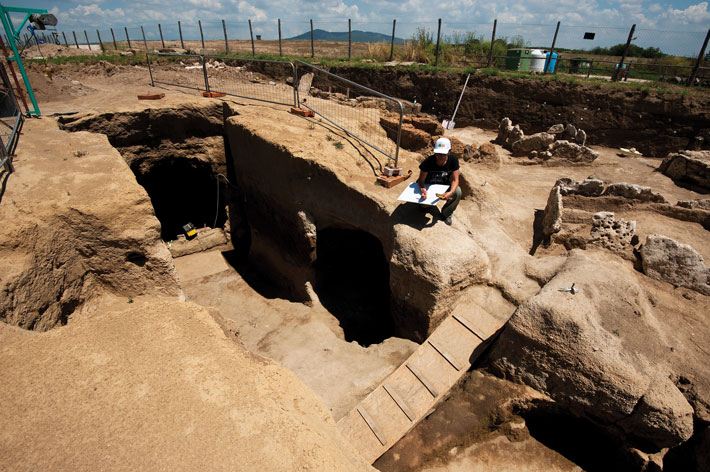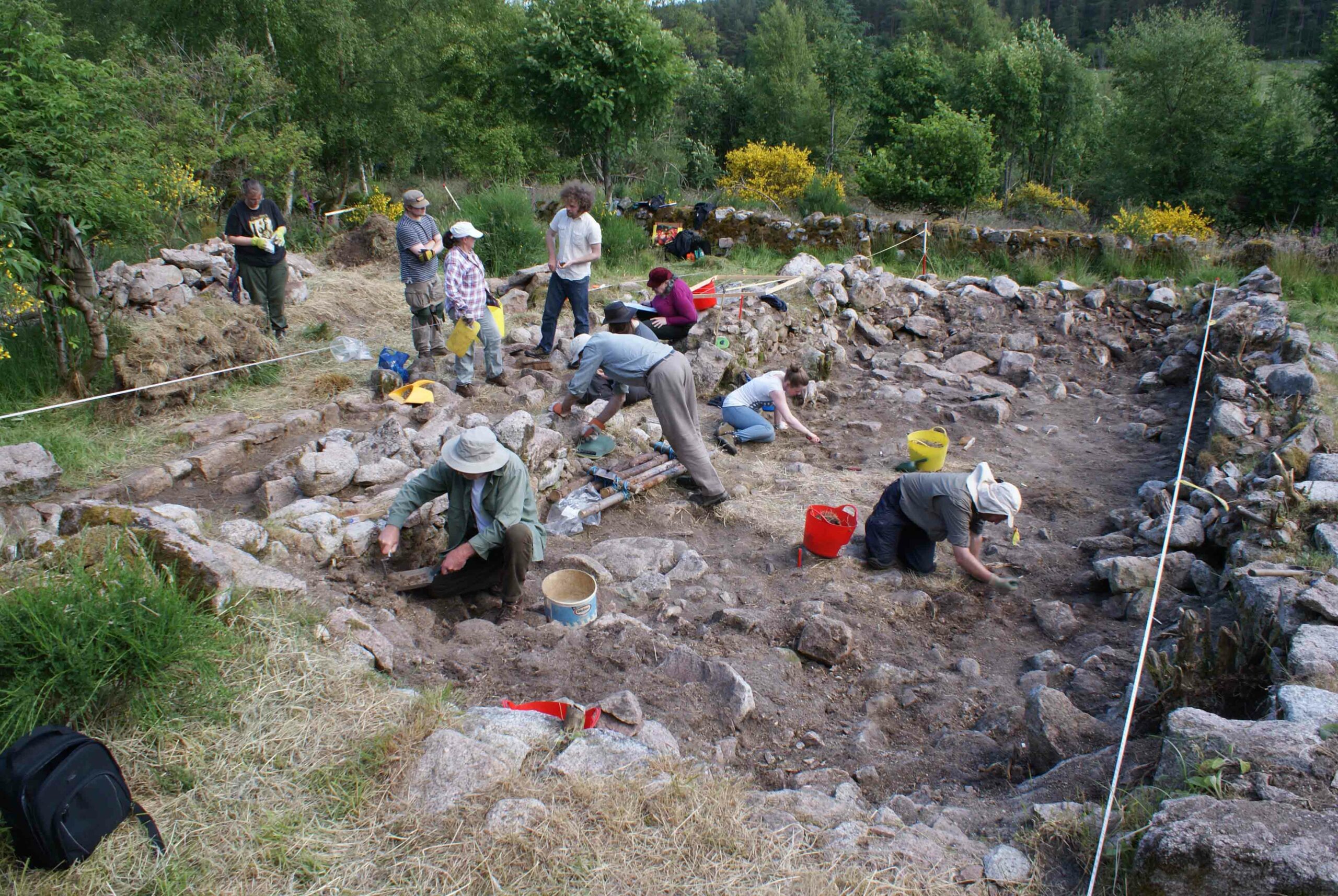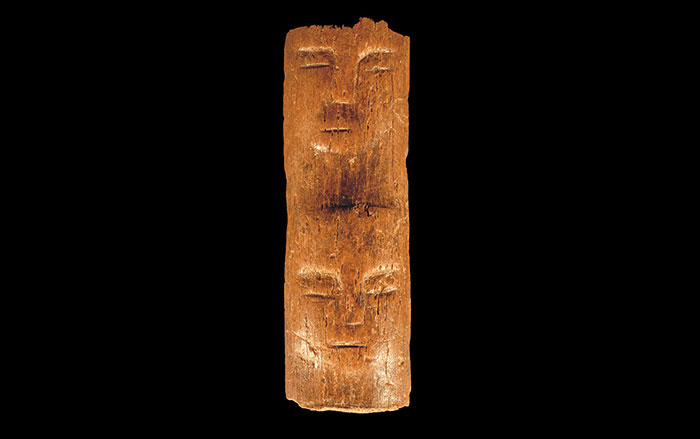
JOHANNESBURG, SOUTH AFRICA—Kristian Carlson of the University of the Witwatersrand, Ralph L. Holloway of Columbia University, and Douglas C. Broadfield of Florida Atlantic University have examined the skull of the Taung Child and its fossilized endocast with microfocus X-ray computer tomography. They found that the young Australopithecus africanus individual lacked the cranial adaptations found in modern human infants and toddlers, which allow for brain growth, as had been suggested by an earlier study. The researchers argue that the unfused patch of connective tissue between the two halves of the frontal bone of the skull, and the so-called “soft spot” on a modern human child’s head, may not even have been selectively advantageous to early prefrontal lobe expansion in hominin evolution. “We’ve demonstrated the misdiagnosis in Taung, and we believe it would be prudent to assess whether the presence of these features—unfused metopic sutures and open anterior fontanelles—may have been misdiagnosed in the additional specimens,” Carlson told Live Science. To read more about the evolution of modern human skulls see ARCHAEOLOGY's "Your Face: Punching Bag or Spandrel."










